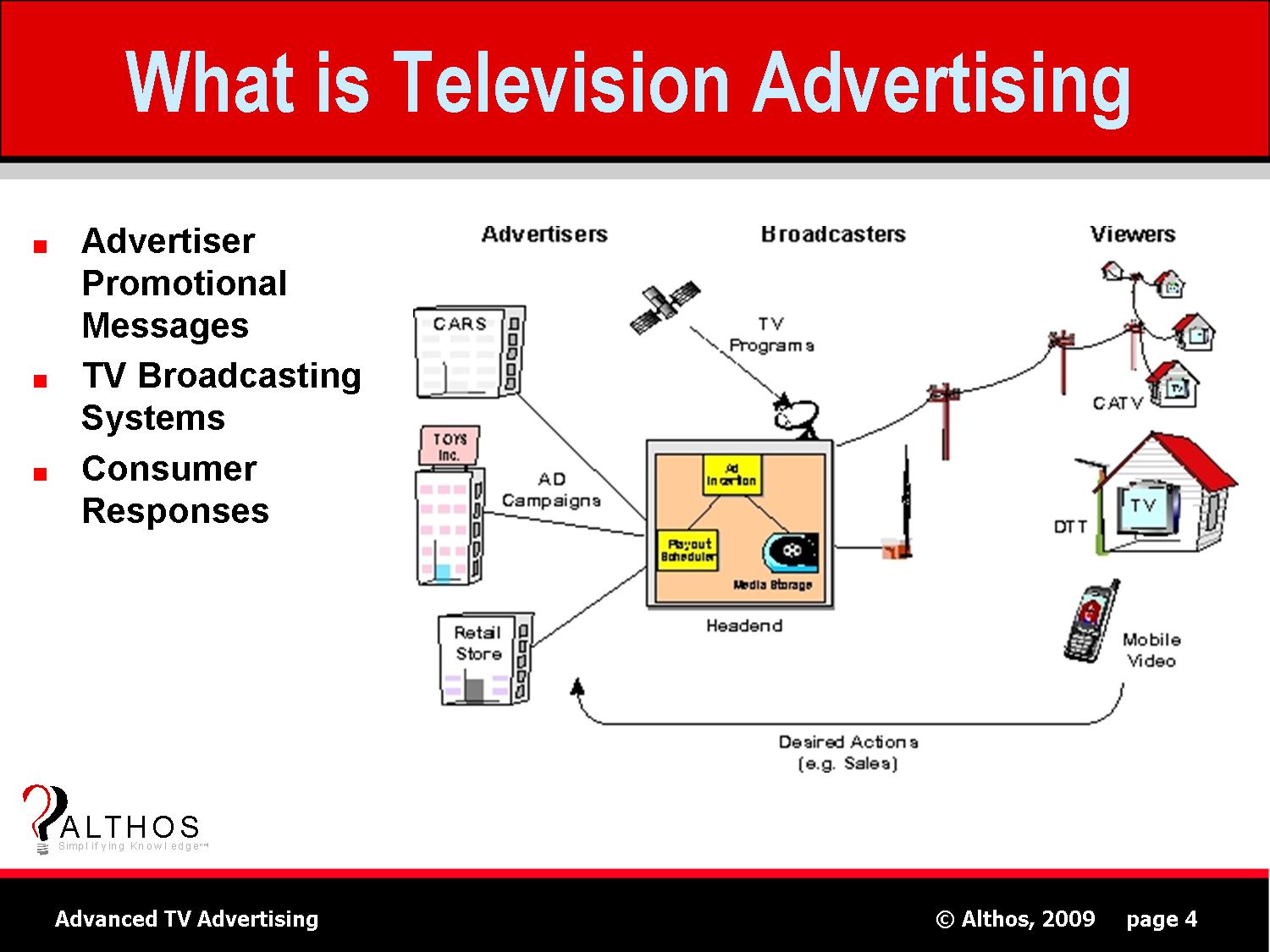
Nike print ads are a powerful method to promote sport and fitness culture. They often feature striking imagery with high contrast and inspiriting language. Images of amateur athletes and ordinary people working out may be included.
The Nike magazine ad (or the "Just Do It") campaign was first published in 1988. It is among the most popular and influential print advertisements. It targeted Americans looking to improve their health, fitness, and well-being, regardless if they were of any gender, race, or age.
It centered on the brand's signature slogan and used images of a number of high-profile athletic athletes, including Olympic and professional sports stars. It is still a classic because of its compelling message and emotional appeal.

This ad was a huge hit with younger audiences, especially teenagers. It encouraged children to get active and healthy and inspired them to pursue their own goals.
The reiteration by Nike of its slogan "Just Do It" in bold, sans-serif font is a crucial component of the ad. This typeface conveys strength and power, which is crucial to the ad's success.
Another great ad is the "No Excuses Campaign", which targets people who struggle to achieve their goals. It encourages people not to give up and work hard to achieve their goals, regardless of the obstacles.
The ad also features a wheelchair-bound basketball player, helping to convey the message that anyone can succeed in anything they put their mind to. This ad has won numerous awards and is currently ranked among the top ten greatest nike print advertisements.

The ad encourages people, showing them how easy it is to stay active and healthy. This ad shows how Nike has updated its marketing strategies to reflect changing attitudes and current trends in the fitness and sports industries. It also contains a strong social justice/inclusivity message that is relevant to the current brand consumer base.
FAQ
Advertising: What is it?
Advertising is an art form. Advertising is not about selling products. It's about building emotional connections between brands and people.
Advertising is all about telling stories with images and communicating ideas.
It is important to communicate clearly and persuasively. It is important to share a story that appeals to your target audience.
Advertising is different than other communication methods, such as writing or public speaking.
You are building a brand identity when you run a successful advertising campaign.
This is how you are memorable. People want to remember you.
What is affiliate Marketing?
Affiliate marketing is an online model that allows you to earn commissions for referring customers to other websites. If someone buys from your product, you get paid by the owner.
Affiliate marketing is based on referrals. Referring people to your website is all that's required. Refer them to the website.
You don't have to sell anything. Selling is as easy as buying.
It takes just minutes to set up an account as an affiliate.
The more you refer people, the more you'll receive commission.
There are two types:
-
Affiliates who have their website owned by them
-
Affiliates who work in companies that offer products or services.
What is the best way to advertise online?
Internet advertising is a key part of any business strategy. It is a cost-effective way for companies to reach potential customers. There are many forms of internet marketing. Some are free and some require payment.
There are several options for advertising on the internet. These include banner ads, pop-up advertisements, search engine optimization (SEO), PPC (pay-per-click) advertisements, social media and mobile marketing. Each method has its benefits and drawbacks.
What is an advertising buyer?
Advertising space is purchased by an advertiser on TV, radio and printed media.
Advertisers are charged for the time their message will appear.
They don't necessarily want the best ad, but they are more interested in what is most effective at reaching their target audience.
The advertiser may have specific demographic information about their potential customers, such as age, gender, income level, marital status, occupation, hobbies, interests, etc.
This information can be used by advertisers to decide which media works best for them. Direct mail might be more effective with older customers, for example.
Advertisers also check out the competition. If there are similar businesses nearby, they might choose to place their ads near those competitors.
Advertisers also need to consider their budget size and how long they will spend it before it expires.
How do I choose my target market?
Begin by talking to yourself and people close to you. Ask yourself "Who am I trying reach?" if you aren't sure where to start.
Ask yourself these questions: Who do you consider the most influential in your industry? What are the problems they face daily? Who are my top-ranking people? Where do they hang out online?
Return to the beginning. What motivated you to start your business? How did you solve the problem?
These answers will help identify your ideal clients. These answers will help you understand your ideal clients and what motivates them to buy from you.
It is also possible to look at the websites and social networks pages of your competitors to get insight into who they cater.
Once you've identified your target customers, you'll need to decide which channel(s) to use to reach them. An example: If you provide services to realty agents, you may create an informational website for home buyers.
A blog could be created if your software is offered to small businesses.
A Facebook page could be created for clothing sellers. A Twitter account could be set up by restaurant owners to allow parents to search for places that are kid-friendly.
The important thing is that you have many options for getting your message across.
What is advertising's main purpose?
Advertising isn’t about selling products.
Advertising is about communicating values and ideas to people who are interested in your products or services. Advertising is about changing minds and attitudes. It's all about building relationships.
It's all a matter of making people feel good.
But if you don't know what your customers want, you can't sell anything to them.
You must first get to know your customer before you can start advertising projects.
This will allow you to create ads that resonate with your target audience.
What do you need information about print advertising
Print advertising is an effective way to reach consumers. Many companies use it to promote products and services. The goal is to get the consumer's attention.
Print ads are usually one page in length and can include text, images and logos. These ads may include sound, animation and video as well as hyperlinks.
The main types of print advertisements are classified as follows:
1. Brochures: These large-format printed pieces are meant to draw customers into stores. They are often filled with colorful images and catchy designs.
2. Catalogues – These are smaller versions to brochures. These are typically sent to customers who ask for specific information.
3. Flyers are small pieces or paper distributed at events such concerts and fairs. Flyers can be handed out at retail outlets for a small fee, but are generally free.
4. Posters - These are larger versions of flyers. These flyers can be displayed on buildings, fences and walls. They are typically created using computer software programs that aim to attract the attention of passersby.
5. Direct mail - These are letters or postcards that are sent directly to potential customers. These are sent out by companies to remind customers about their business.
6. Newspaper Ads are placed in newspapers and magazines. They are usually very long and contain text and images.
Statistics
- Advertising spending as a share of GDP was about 2.9 percent. (en.wikipedia.org)
- Google will display whichever ad type (CPM or CPC) is expected to earn more revenue for the publisher, which is in Google's best interest since they take a 32% share of the revenue. (quicksprout.com)
- In 1919 it was 2.5 percent of gross domestic product (GDP) in the US, and it averaged 2.2 percent of GDP between then and at least 2007, though it may have declined dramatically since the Great Recession. (en.wikipedia.org)
- Worldwide spending on advertising in 2015 amounted to an estimated US$529.43 billion. (en.wikipedia.org)
External Links
How To
How can you advertise on a billboard
While billboards are known to have been around since at least the late 1800s (and even earlier), they gained popularity during World War II. Billboards typically contain text advertising, and some also contain photographs or artwork. Some billboards display static messages, while others display information that changes frequently, such weather forecasts, stock prices and sports scores.
Billboards most often are found outside, but there are indoor versions. Outdoor billboards are usually seen by motorists passing by them several times per day. Indoor billboards may only be viewed once every few year. A "cubic" outdoor billboard is the most popular type. It is made up of three layers: two sheets of glass sandwiched between a layer of fiberglass mesh and one sheet of glass. This allows air flow through the billboard and keeps it cool in summer and warm in winter.
Billboard Advertising Inc. has many of North America's most prominent billboard advertising firms. Advertisers pay them to advertise on their billboards. Advertisers are then offered space on these billboards by these companies. Advertisers buy these spaces based on how much they want to spend on advertising. They often choose the best locations for their ads based on where people drive and walk the most.
Billboard Advertising Inc. also sells ad space. They have contracts with local governments for signs to be erected on city property. Some cities allow billboards to be placed anywhere, while others limit them to specific areas. For example, Chicago requires that billboards be no more than 1,000 feet from any highway. Other cities require that billboards be placed no closer than 500 feet from a school or church.
Billboard Advertising Inc. has contracts to promote products and services throughout the United States, including Florida, California, Nevada, Texas, Arizona, New Mexico, Colorado, Washington, Oregon, Idaho, Utah, Wyoming, Alaska, Hawaii, Canada, Puerto Rico, Guam, Virgin Islands, and American Samoa.